Eurozone PMI Services was finalized at 49.8 in August, down from July’s 51.2, a 17-month low. PMI Composite was finalized at 48.9, down from prior month’s 49.9, a 18-month low.
Looking at some member states, Ireland PMI Composite dropped to 51.0 (18-month low). Spain dropped to 50.5 (7-month low). France dropped to 50.4 (17-month low). Italy recovered to 49.6, (2-month high). Germany dropped to 46.9 (27-month low).
Chris Williamson, Chief Business Economist at S&P Global Market Intelligence said:
“A second month of deteriorating business conditions in the euro area adds to the likelihood of GDP contracting in the third quarter…. The deterioration is also becoming more broad-based, with services now joining manufacturing in reporting falling output..”
“Although the overall rate of decline remains only modest, commensurate with GDP falling at a quarterly rate of just 0.1%, the latest data point to the economy undergoing its weakest spell for nine years, excluding the downturns seen during the height of the pandemic.”
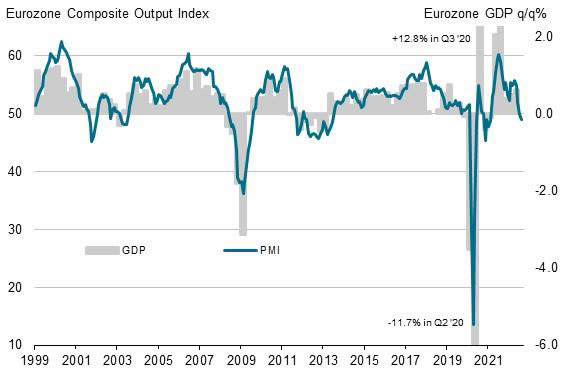
Full release here.




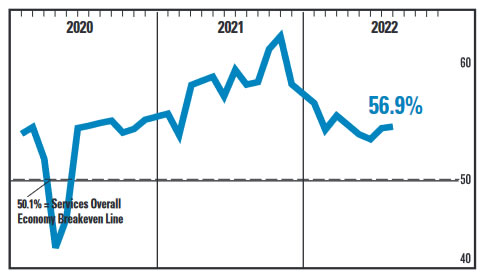
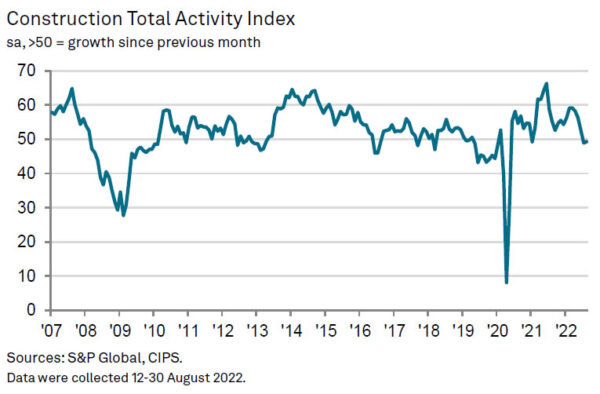
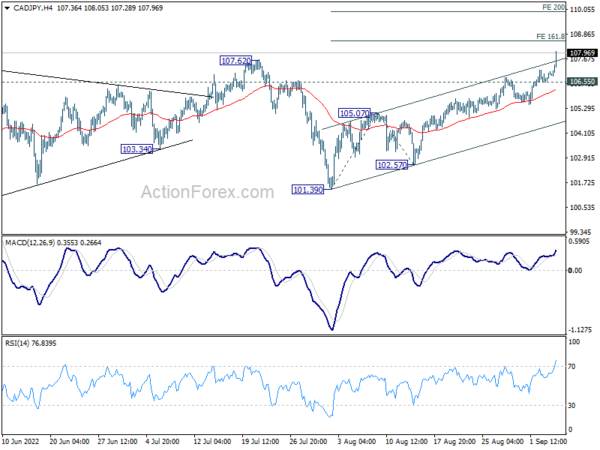
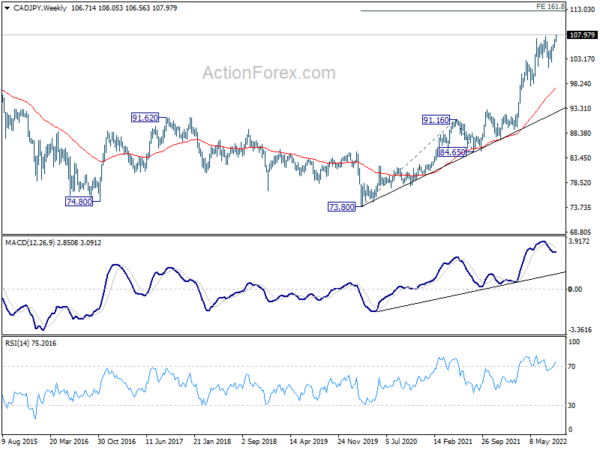
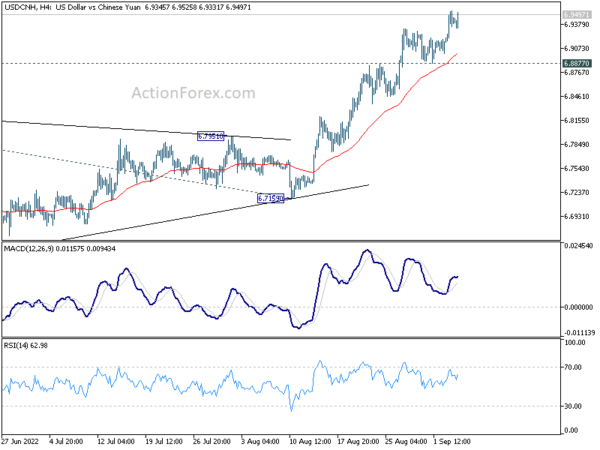

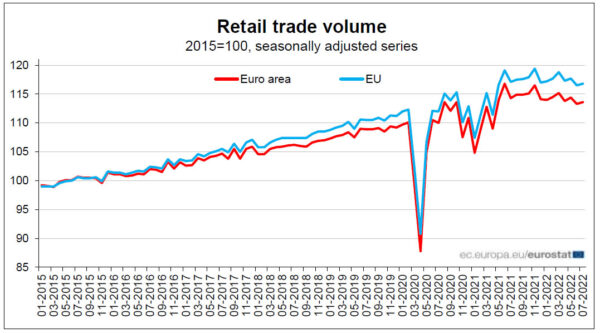
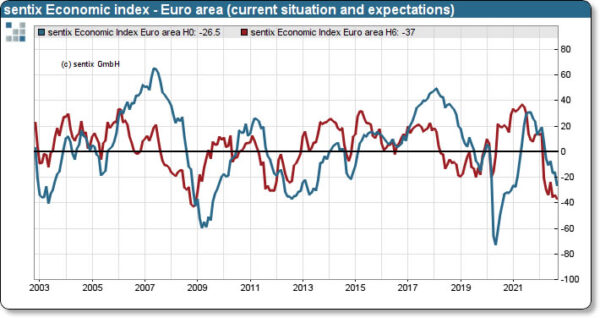
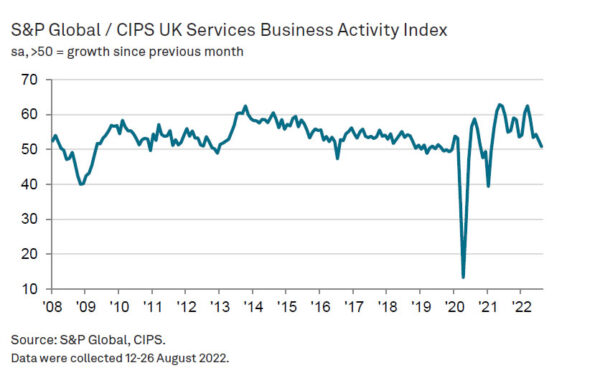
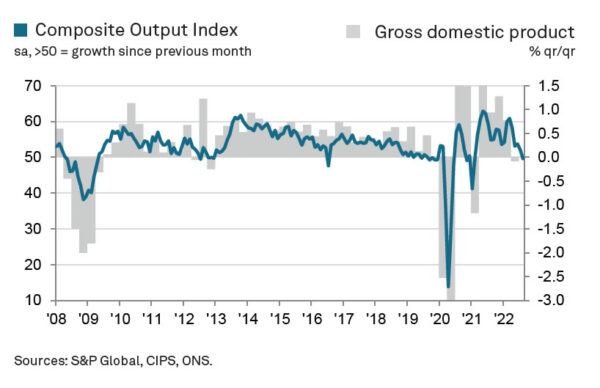

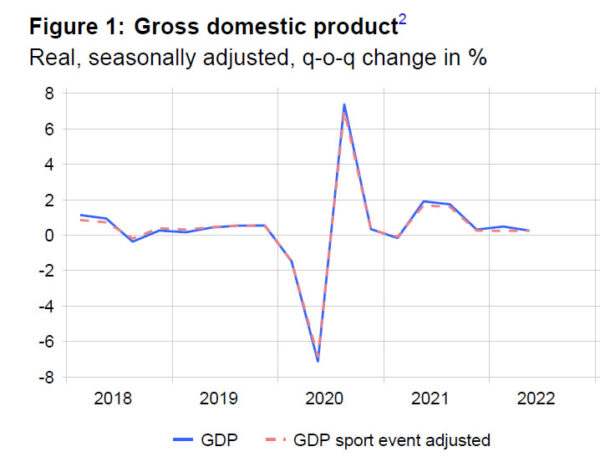
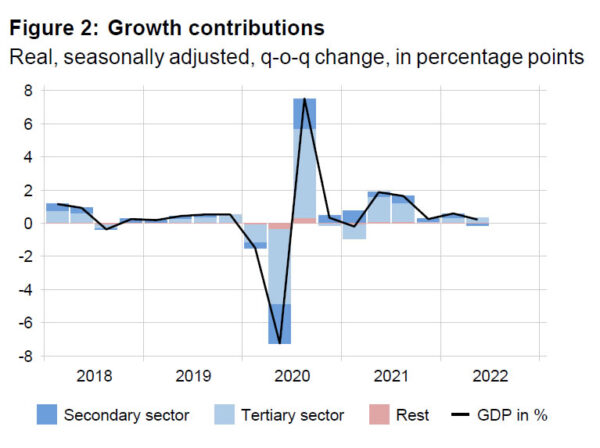
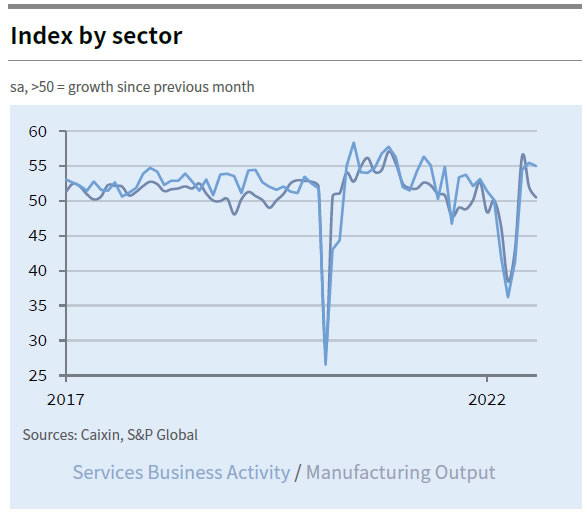
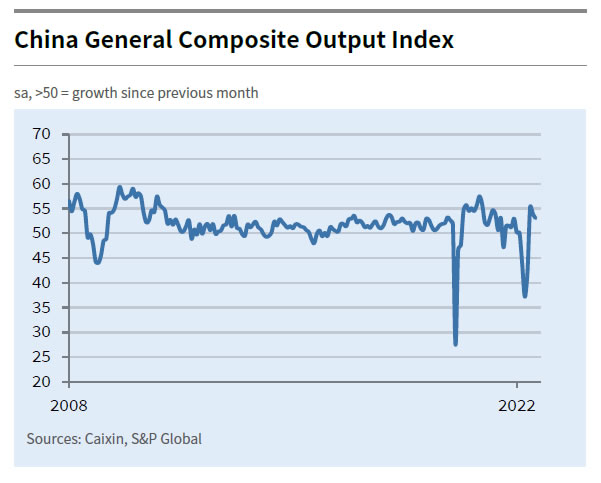
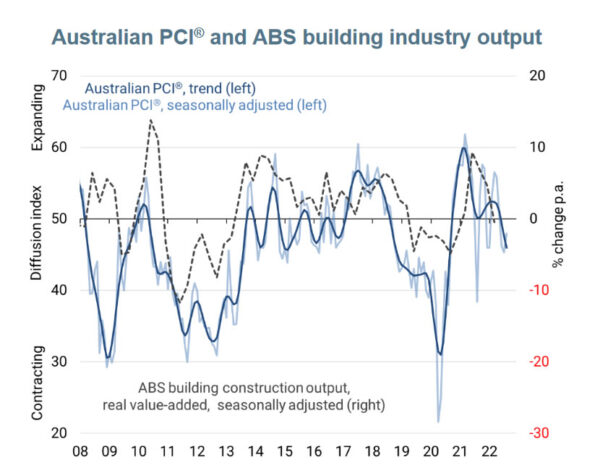
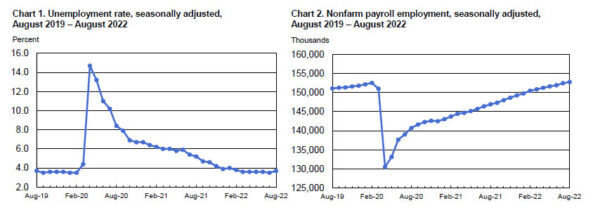
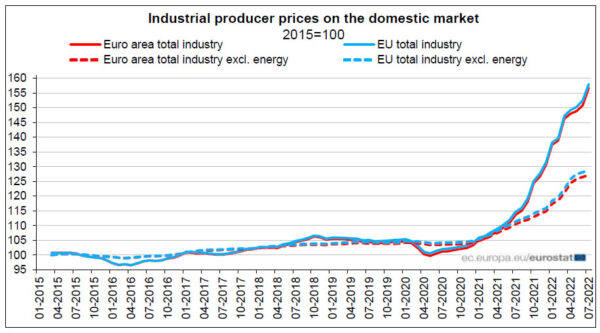
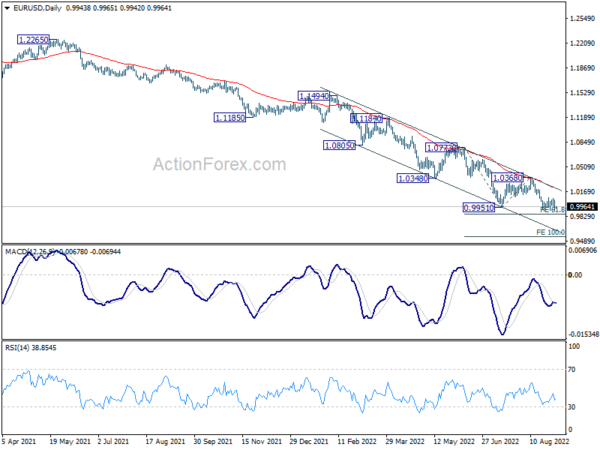

Australia GDP grew 0.9% qoq in Q2, driven by household spending and exports
Australia GDP grew 0.9% qoq in Q2, matched expectations. Household spending rose 2.2% for the quarter, contributing 1.1% pts to GDP. Net trade contributed 1.0% pts to GDP, driven by exports which rose 5.5%, partially offset by 0.7% rise in imports. Terms of trade rose 4.6% with export and import prices up strongly.
Sean Crick, head of National Accounts at the ABS, said: “Rises in household spending and exports drove growth in the June quarter. This is the third consecutive quarter of economic growth, following a contraction in the September quarter 2021, which was impacted by the Delta outbreak.”
Full release here.